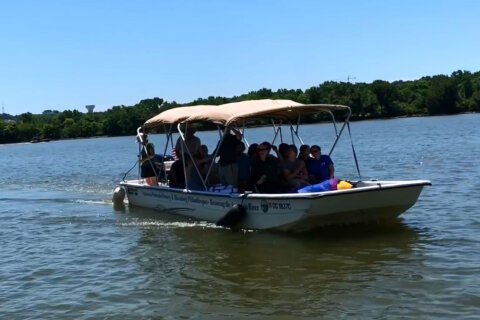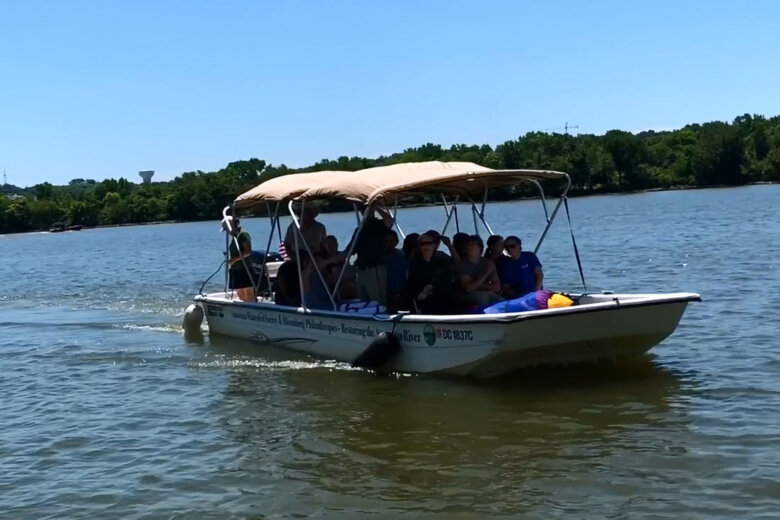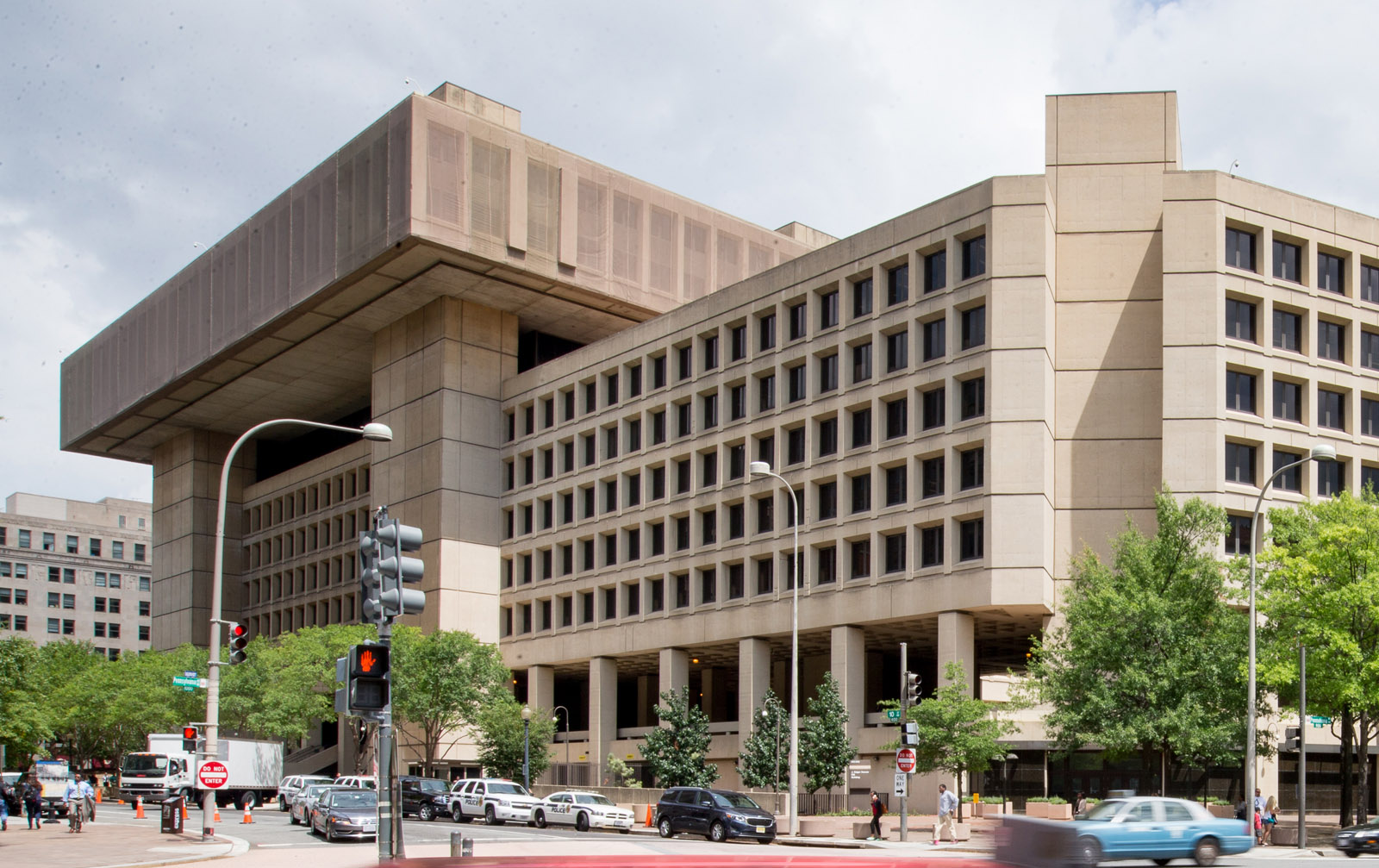
WASHINGTON — Nearly 100 years ago, the open space along the Anacostia River was declared parkland by an Act of Congress. By 2032, D.C.’s Department of Energy and Environment hopes to make the river clean enough to declare it “fishable and swimmable.”
Part of that effort is being carried out by a native freshwater mussel called the eastern lampmussel, and D.C.’s environmental officials are overseeing the effort.
On a recent Monday, along a stretch of the Anacostia just off Yards Park, Luis Chevez, a fellow with the U.S. Fish and Wildlife Service, slipped on a pair of latex gloves, picked up tiny, sand-colored mussels from a container, slid them between the jaws of a caliper and called out the measurements. At the same time, Jack Stanton, an intern with the wildlife service, took water samples from the river.
The freshwater mussels had been placed in “silos” in a number of spots along the Anacostia River in June. Wildlife service biologist Fred Pinkney was pleased with what he saw. “I’m really thrilled to see 100 percent survival and essentially a doubling in size in only three weeks,” he said.
An adult mussel can naturally filter about 10 gallons of water a day, he said.
“There are examples of places with big mussel beds that can literally take tons of suspended solids out of the water, really clearing up the water,” he added.
It’s not clear if planting massive expanses of mussel beds could tackle the water quality issues facing the Anacostia River. “Maybe mussels are part of the answer to making the river safer for swimmers,” Pinkney said. “We just don’t know that yet.”
Jorge Bogantes, the Natural Resources Specialist with the Anacostia Watershed Society, said when he takes interns and members of the public out to sections of the Anacostia, they area often surprised by what they find.
“There are a lot of underwater grasses. There are a lot of mussels, you see fish movement and some days the water clarity is great,” he said. “People are amazed — they think of the Anacostia river as a murky, nasty place.”
But when people get to see it for themselves, “They see a whole different picture,” he added.
There is plenty of work to be done on cleaning up the Anacostia.
Information from the D.C. energy department spotlights the problem of contaminated sediments, a byproduct of past industrial pollution. But while the teams of interns and biologists worked to record the condition of the freshwater mussels, the mood was bright.
Off in the distance, two women negotiated the river on stand-up paddleboards. “That’s the definition of fishable and swimmable,” said Jim Foster, with the Anacostia Watershed Society.
For decades, the health of the river has been measured in highly technical terms, such as “colony forming units per 100 milliliters,” Foster said. “What the heck does that mean?” Then, gesturing to the paddle boarders, he added, “To see people out here enjoying the river, that’s what it’s all about.”









